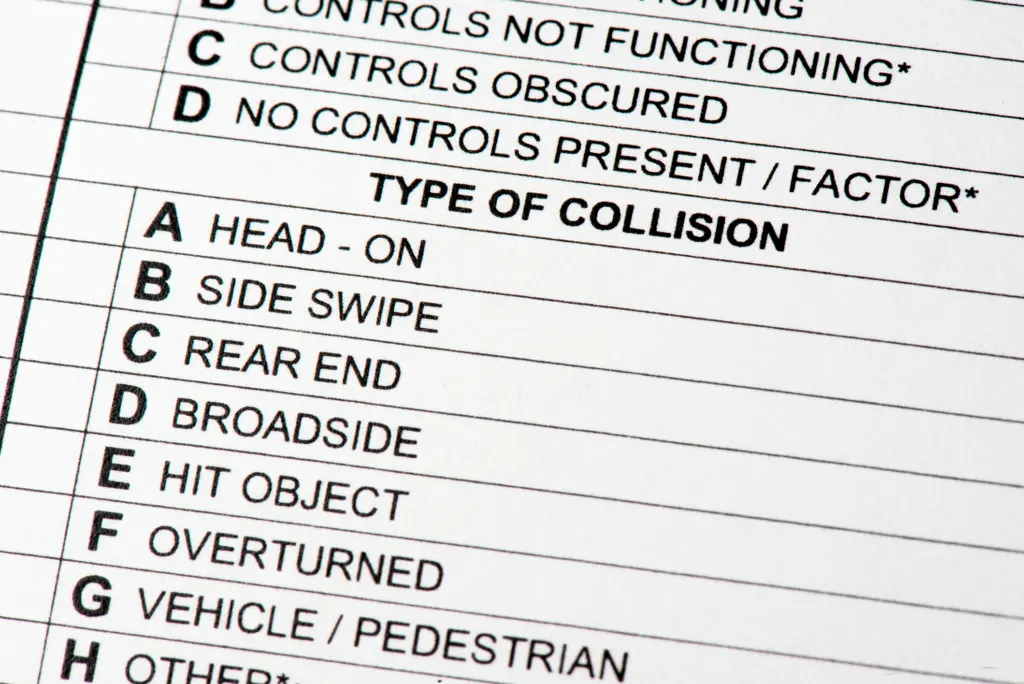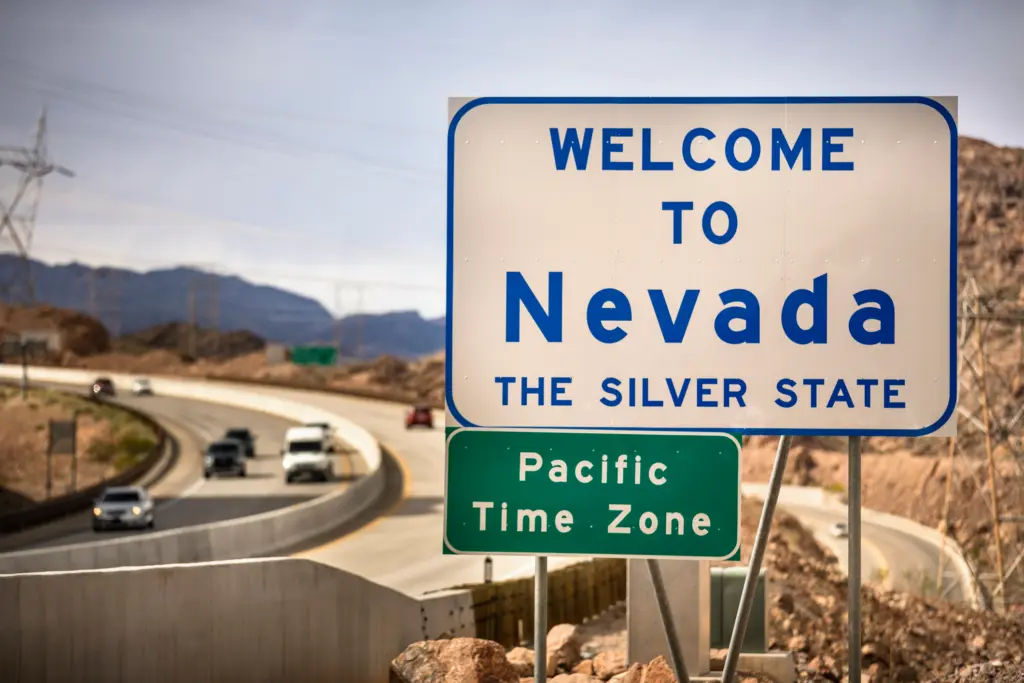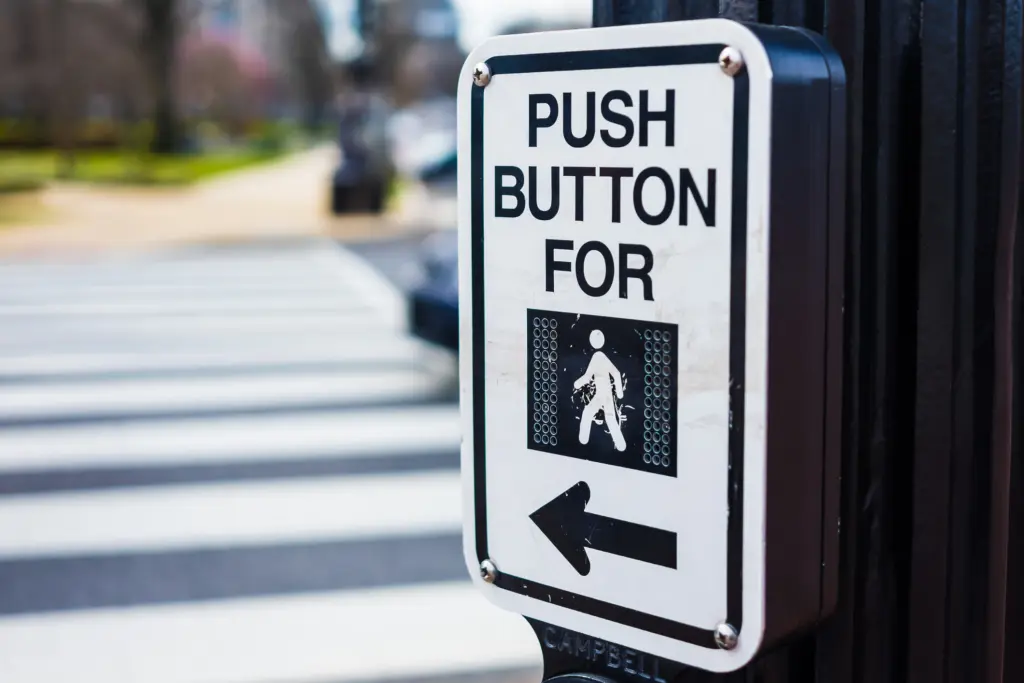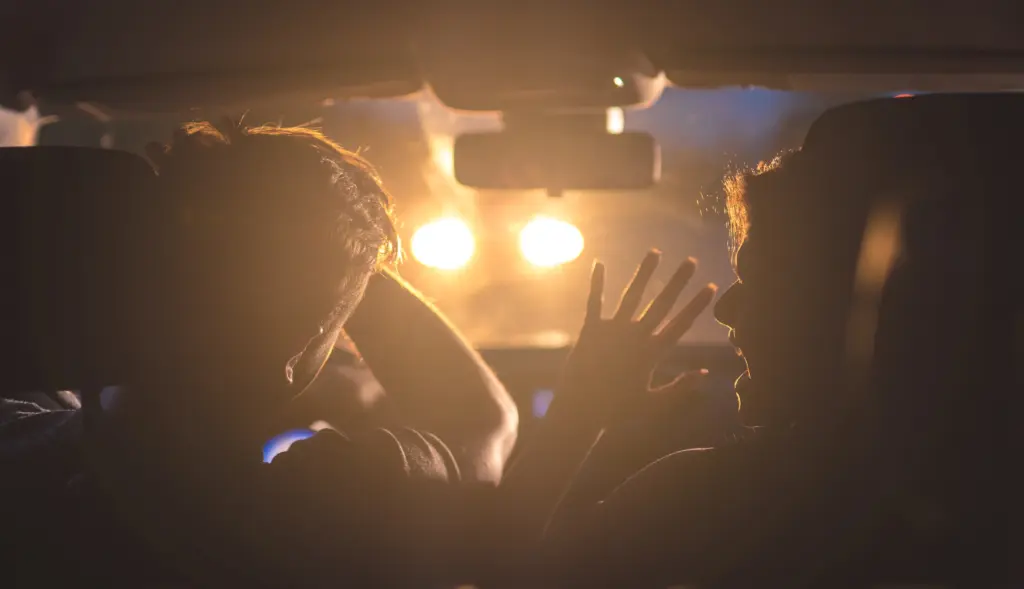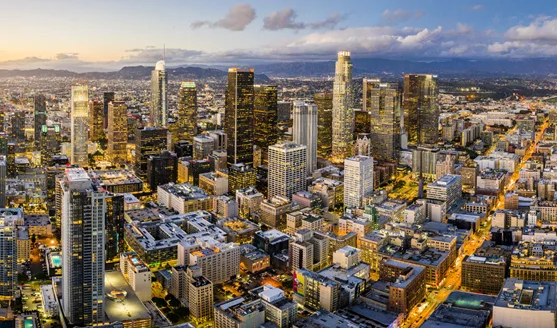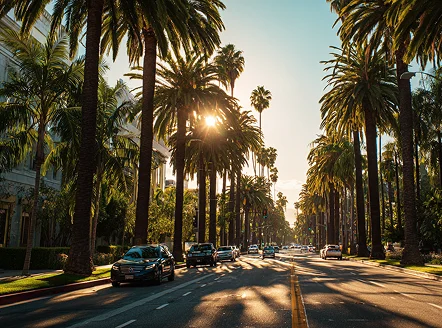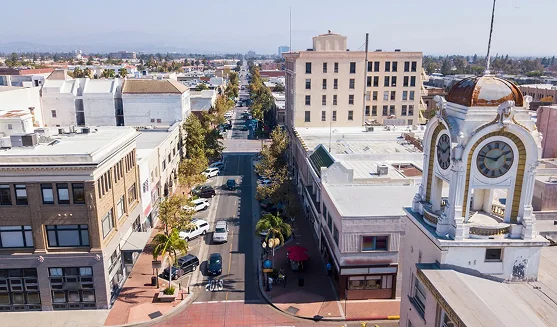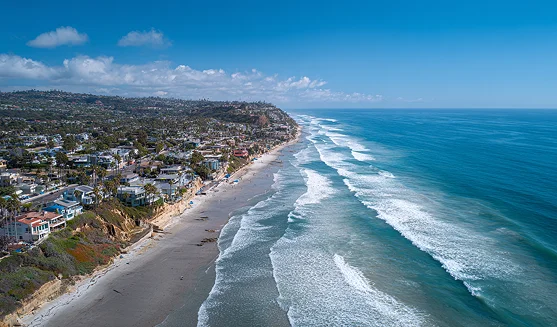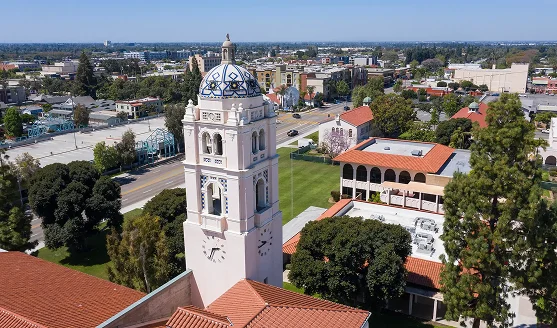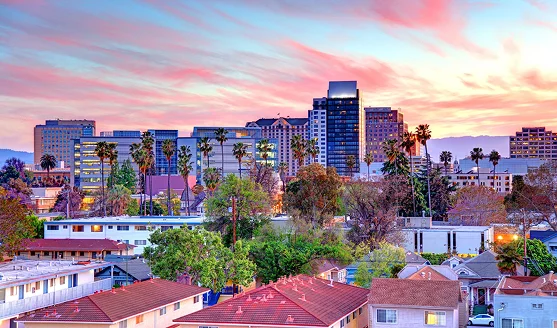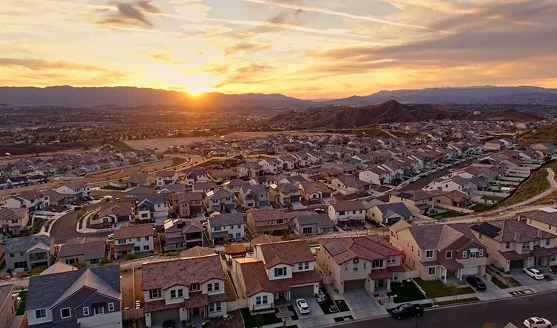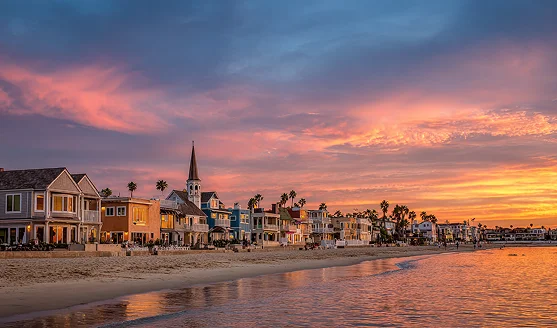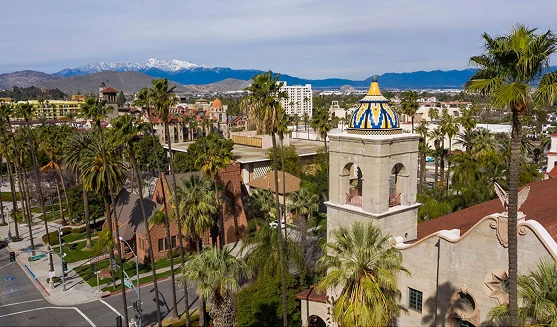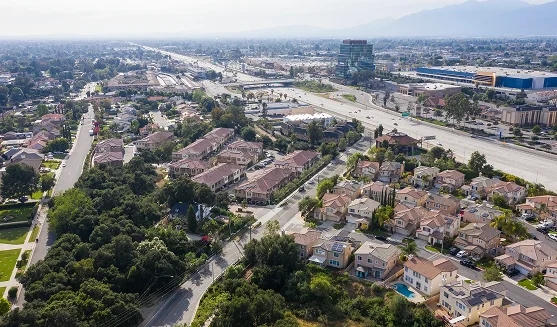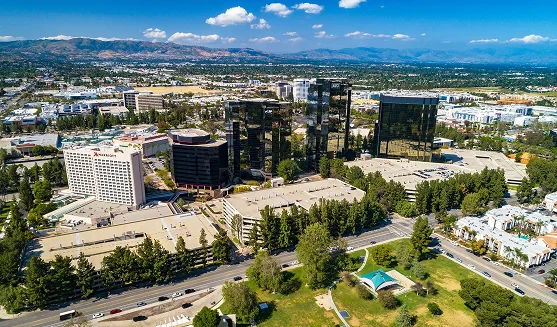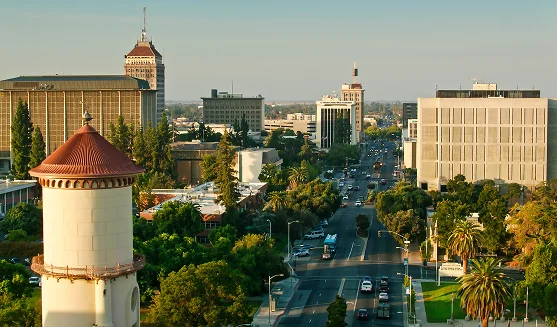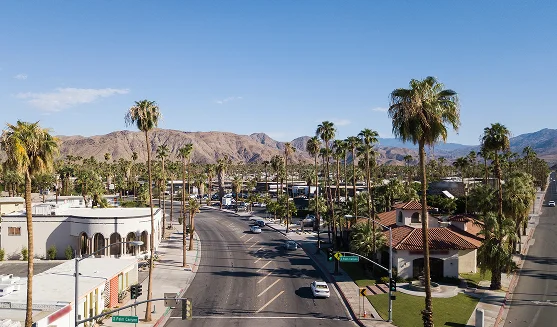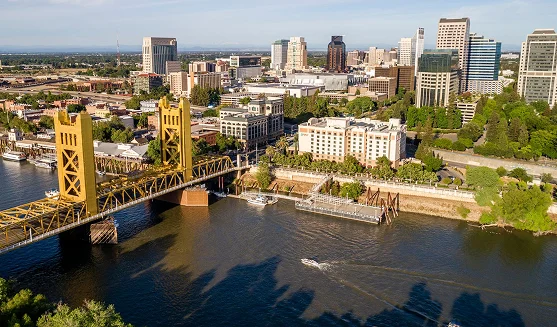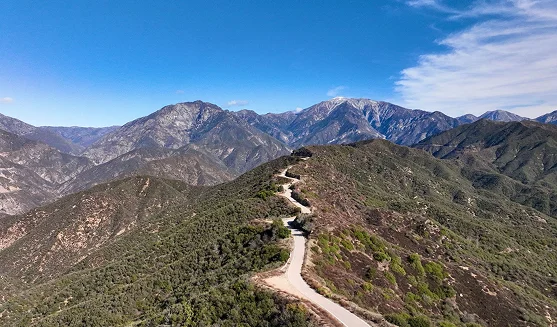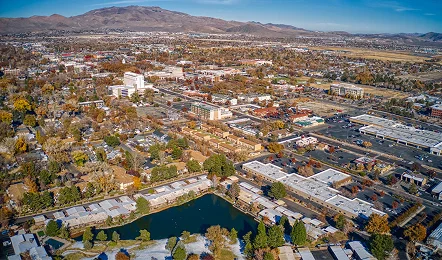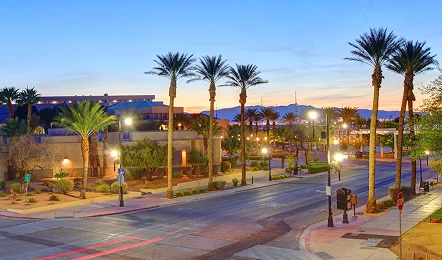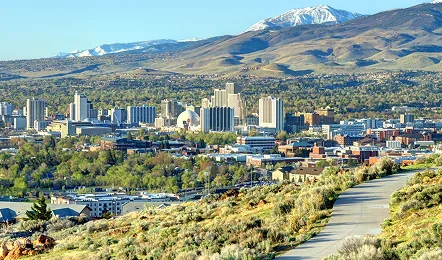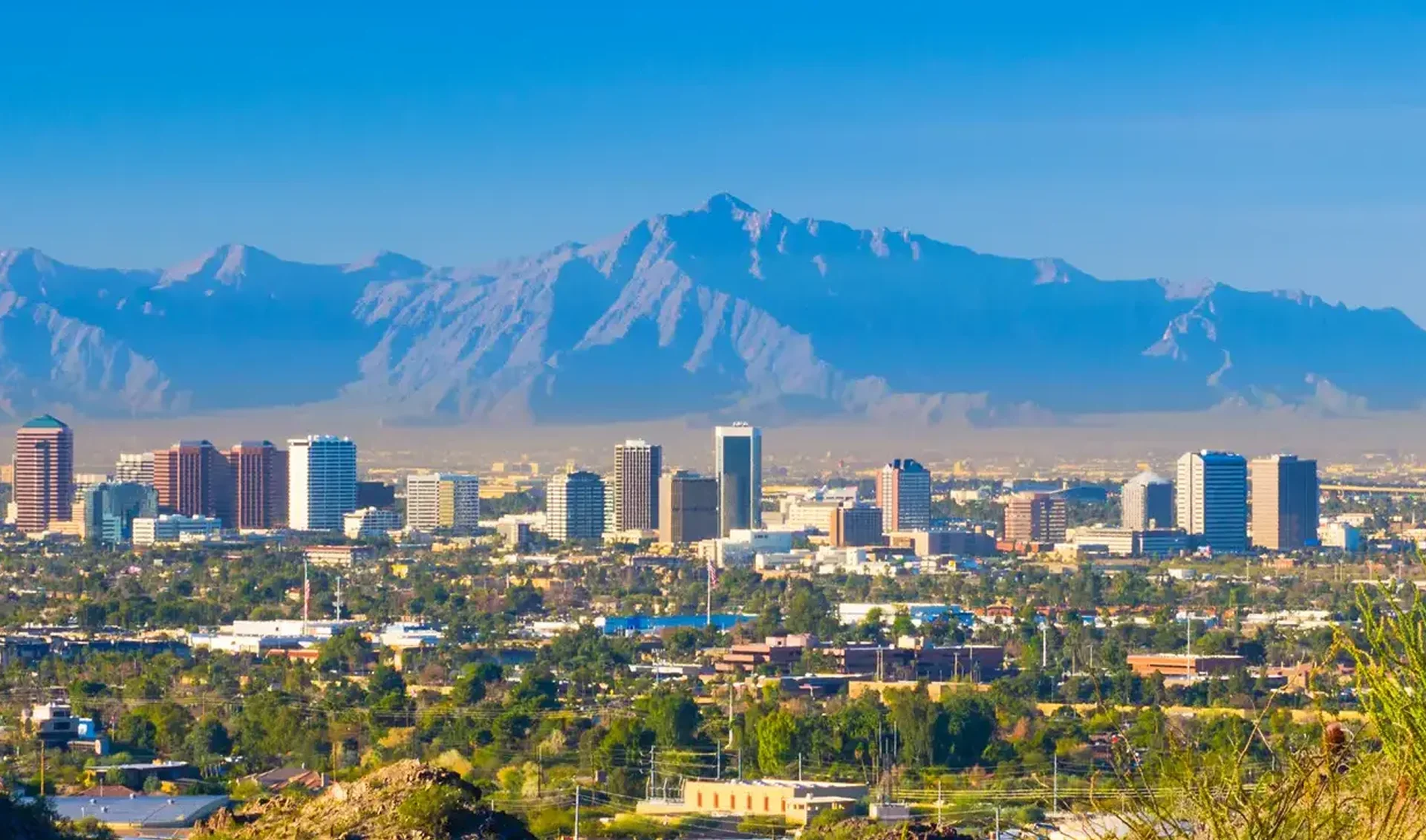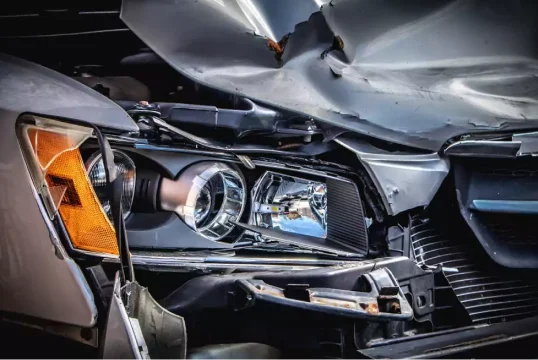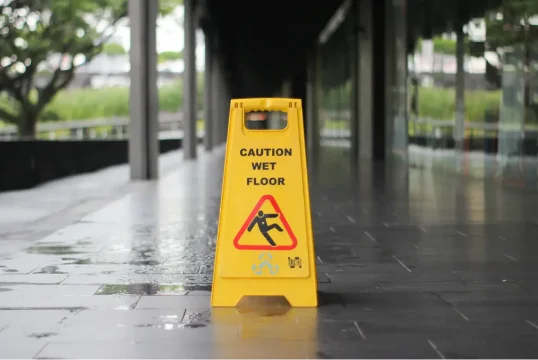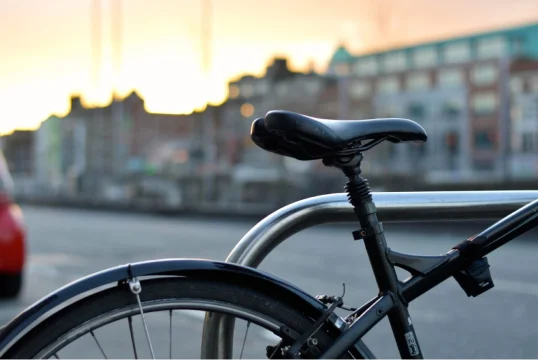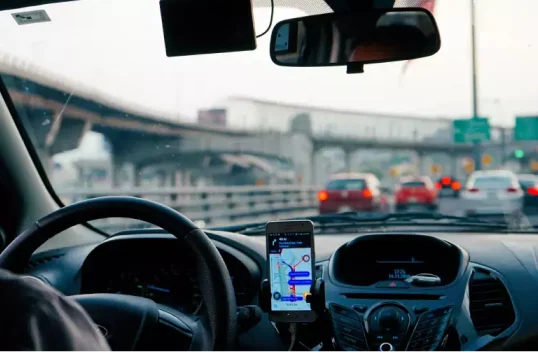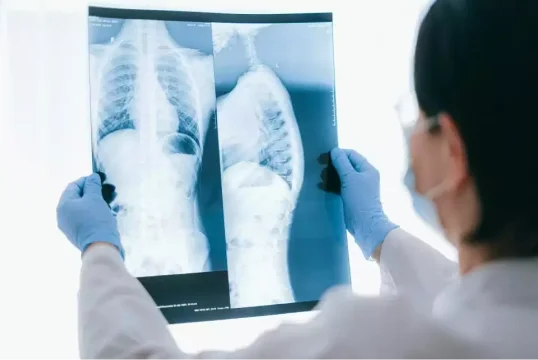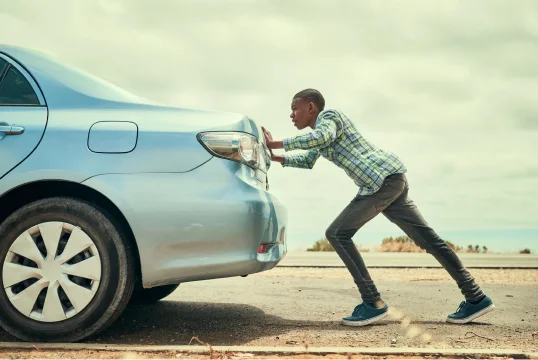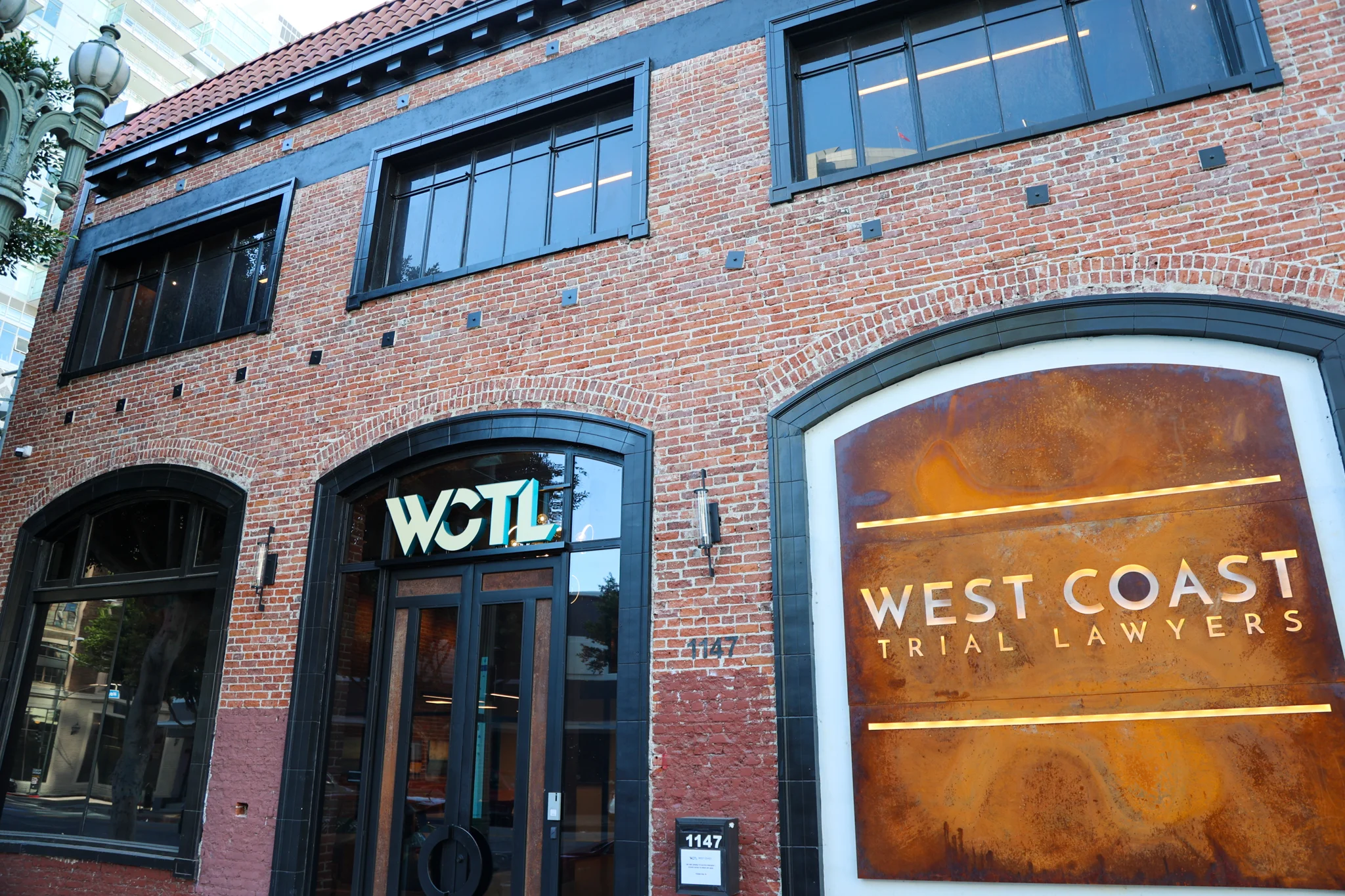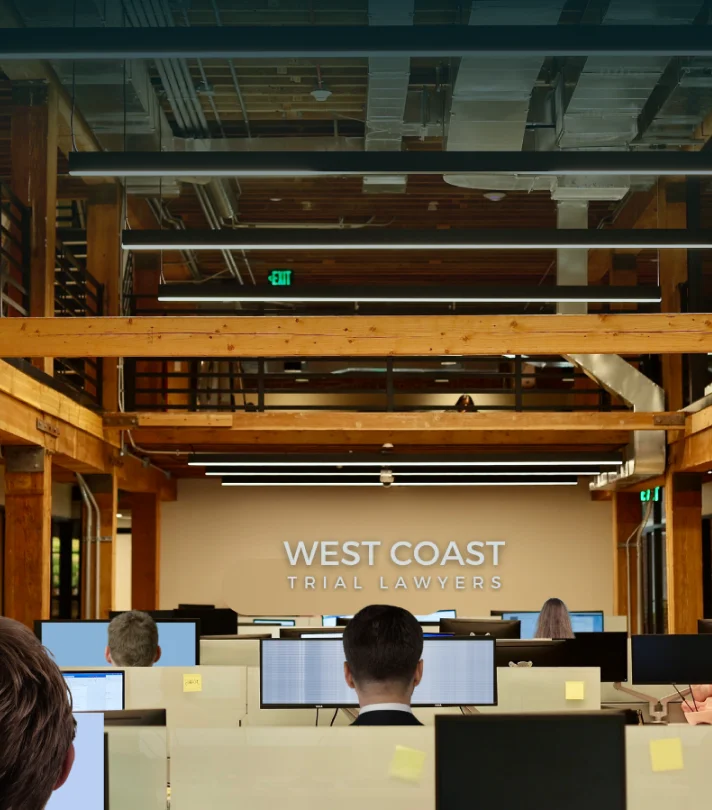Mopeds may resemble bicycles or motorcycles at first glance, but they come with their own unique set of rules for licensing, registration, and safe road operation. Understanding how these vehicles differ from others is important. If you fail to follow California laws, you may be met with legal consequences, especially if you get yourself into an accident.
What Is a Moped?

A moped is a small, lightweight two- or three-wheeled vehicle with an automatic transmission and a motor that produces less than 4 gross brake horsepower, traveling at speeds of up to 30 miles per hour. They have bicycle-style pedals installed, which can be used to assist the engine, though many modern versions operated by electrical energy do not require human power to function (California Vehicle Code § 406).
Due to its low speed and power, they involve fewer licensing, insurance, and registration requirements. Rules will ultimately vary depending on the state.
Do You Need a License to Ride a Moped on the Street?
You must have a motorcycle license (M1 or M2) to use a moped. Riders will need to be a minimum age of 16 years old and wear a helmet. Even though insurance is not required, mopeds must have special license plates and an identification card, including a $23 registration fee. Unlike other vehicles, you are not required to annually renew a moped registration.
What Are the Laws for Mopeds in California?
In California, specific regulations have been established to regulate the use of mopeds. Let’s take a look at some of these below:
- Mopeds cannot be operated on freeways or expressways if signs are posted to prohibit this, and may only be used on bike paths, trails, or bikeways if allowed by local authorities or ordinances.
- If a moped is modified to surpass speeds of 30 miles per hour, it may be deemed as a motor-driven cycle, which will involve different licensing and registration requirements. Operators will be cited for going past the speed limit if the vehicle is able to travel above this threshold.
- Moped dealers are not licensed by the DMV, but are eligible for special license plates to use for demonstrations and deliveries. These plates can be transferred from one moped to another. In DMV records, a dealer plate will be classified as “Dealer” in the VIN field when checked through transaction code DCS inquiries (CVC § 5034).
- If a moped driver receives a parking citation, the DMV will not have it added to the moped’s registration record. The violation will, instead, be returned to the issuing parking agency for collection.
Do the Laws Differ From State to State?
Moped laws will differ from state to state, including licensing requirements, helmet use, and registration. Let’s take a look at specific regulations enforced by Arizona, Nevada, and Washington:
- Arizona: A standard driver’s license is needed to use a moped. A motorcycle endorsement will not be necessary. Mopeds are required to be registered with the Arizona Department of Transportation (ADOT). Insurance is required, with a minimum coverage of $25,000 for bodily harm for one person and $50,000 for two or more people, and $15,000 for property damage. Registration costs are low, with a $4.50 license tax and a $5 registration fee. Lastly, mopeds cannot use bicycle-only rights-of-way (ARS 28-2513).
- Nevada: A moped operator must carry a valid driver’s license, of any class. Again, motorcycle endorsement is not needed. Helmets are required for all riders to have on. Mopeds must be registered with the Nevada Department of Motor Vehicles (DMV). This is a one-time process and will remain valid as long as the owner retains the vehicle. Before registration, the vehicle must go through an inspection to meet the legal definition of a moped. Liability insurance is not enforced, but recommended. In addition, mopeds must have safety features equipped, like lights and mirrors.
- Washington: A regular driver’s license is required (RCW 46.20.500), and must be registered and display a valid license plate (RCW 46.61.710 and RCW 46.16A.200). No motorcycle endorsement is needed for mopeds with an engine under 50cc and a top speed of 30 mph. Helmets must be worn by all riders. Liability insurance is not required, but encouraged for financial protection.
What Is the Difference Between a Scooter and a Moped?
The main difference between a scooter and a moped comes down to how they are legally classified.
A moped is a two- or three-wheeled vehicle that has an automatic transmission, along with a small electric motor or gas-powered engine producing less than four gross brake horsepower, and a top speed of 30 mph or less. Some may have pedals whereas most modern ones do not. To operate a moped, you will need to be at least 16 years old, carry a Class M1 or M2 license, have it registered with the DMV, and display a special moped plate. Insurance is not required.
A scooter is a two-wheeled vehicle with handlebars and a floorboard for stability (CVC § 407.5). Those that have engines over 50cc or electric motors that are capable of surpassing 30 mph are classified as motorcycles. Owners will be required to hold a full Class M1 motorcycle license, have a standard motorcycle registration, and maintain insurance. They will also face stricter rules when it comes to highways and other roadways.
Can You Drive a 50cc Scooter Without a License in California?
No, you cannot drive a 50cc scooter without a license in California. If the scooter is 50cc or less, has an automatic transmission, and does not go over 30 mph on level ground, it will be classified as a moped (motorized bicycle). In order to ride it, you will have to get at least a valid Class M1 or M2 license. Now if the 50cc scooter surpasses 30 mph, it will be considered a motor-driven cycle. To operate it, you must have a class M1 license.
What CC Does Not Require a License?
No gas-powered scooter or moped can be legally used on California roads without the operator having a license. Mopeds with engines under 50cc, as defined by CVC § 406, are limited to 30 mph, feature automatic transmissions, and produce less than four gross brake horsepower. Even though they are smaller and less powerful compared to motorcycles, mopeds still require a valid driver’s license, like a standard Class C.
Vehicles with engines of 50cc or more are deemed as motorcycles or motor-driven cycles, and will need a full Class M1 license to operate. The only motorized options that do not require a motorcycle license are electric stand-up scooters and low-speed e-bikes, which can be used with a Class C license or, in some cases, no license at all.
Do You Need to Wear a Helmet When Riding a Moped?
Under CVC § 27803, all motorcycle and moped riders, along with the passengers, are required to wear helmets in compliance with the Federal Motor Vehicle Safety Standard (FMVSS) No. 218. Riding without having one on can lead to traffic citations and fines.
Having on protective gear can help reduce the chances of sustaining a serious injury to the head or brain. While wearing a helmet is required by law, moped drivers should also wear eye protection and a face shield to reduce the risk of severe facial-related injuries. Other additional safety gear to consider while out for a ride include:
- Gloves
- Jackets
- Reflective clothing
Do Mopeds Need Insurance to Ride?
You do not need insurance to ride a moped on public streets. Unlike cars or motorcycles, the DMV does not mandate liability coverage for it. While you are not required to carry insurance to register a moped, you may still be held fully or partially liable for damages if you caused an accident while riding one. With that being said, it is encouraged to get coverage to financially protect yourself from accidents, thefts, or other damages.
Involved in an Accident While Riding a Moped? Call WCTL Today
If you have been involved in an accident while riding your moped, speaking to a legal expert can help you understand your rights and how to move forward with confidence if you are planning to pursue legal action against the at fault party.
At West Coast Trial Lawyers, our personal injury attorneys will assess your case, establish fault, and pursue the compensation you deserve for the losses you incurred, like medical bills, lost wages, and property damage. We strive to achieve full financial recovery all while giving clients the time needed to focus on healing with a peace of mind.
To set up a FREE case evaluation, you can connect with us by calling (213) 927-3700 or completing our quick online contact form.










